Taylor Guitars Celebrates 50 Years
Guitar industry legend and San Diegan Bob Taylor has finely tuned his company for lasting success
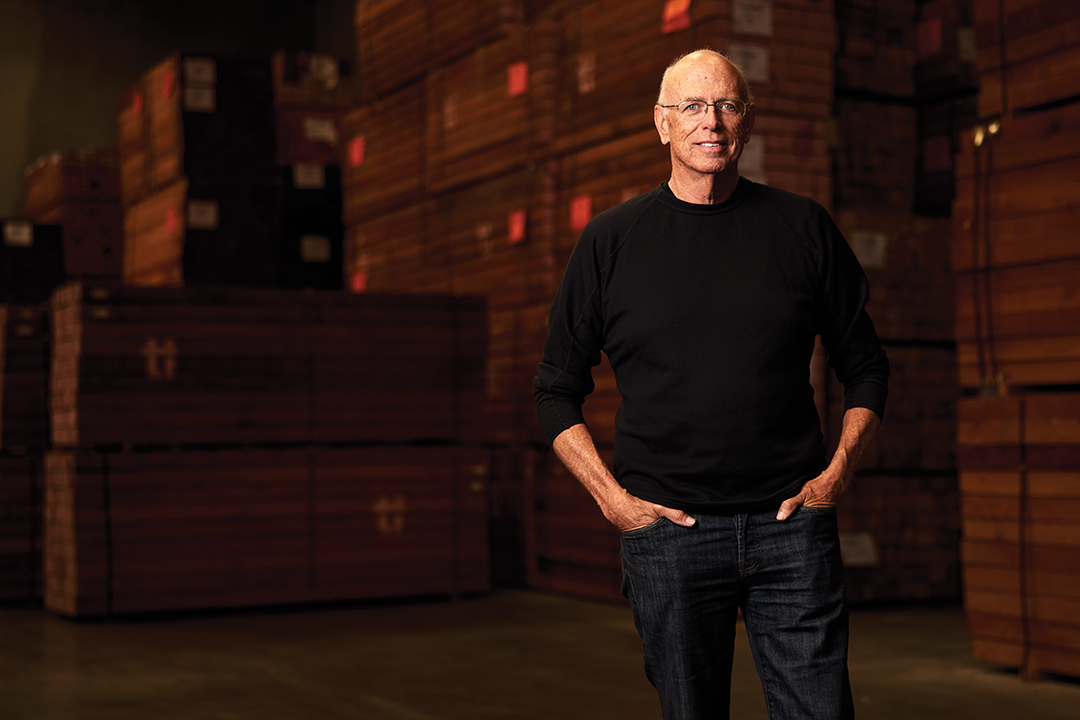
Bob Taylor graduated from San Diego’s Madison High School in 1973 filled with teen angst over how to go forth and make a living. He figured he’d do what was expected — sign up for community college. The not-yet-co-founder of Taylor Guitars got on his motorcycle and drove from the family home in Clairemont to the nearby campus of Mesa College.
“I got in the registration line,” Taylor recalls. “The windows were way up there, and there were ten lines of kids stretching so far back. I just stood there.”
A life-defining moment ensued. He thought: “I can’t do this. I can’t go to college. I just can’t. It would be awful.” After about 15 minutes at the back of the registration queues, he turned around, peeled out on his bike, and left.
It makes sense now. Taylor was and is a creator. A builder. As a kid, when he wanted a skateboard, he made one. Same with a bicycle. It was in his genes. Twila and Richard Taylor were do-it-yourselfers. Mom sewed clothes; Dad built furniture. His parents often bought old couches and completely reupholstered them.
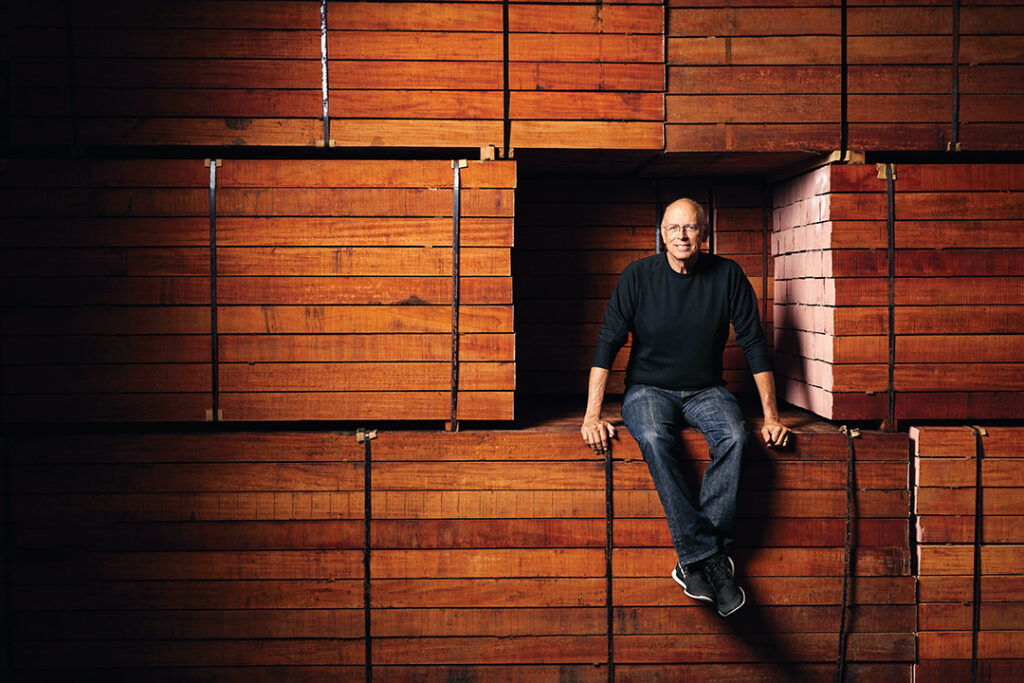
Young Bob learned by watching and doing, especially in shop class at Hale Junior High. “I had the greatest teacher, Mr. [Ernest] Labaskida,” Taylor says. “He’d come in on Saturdays and open the shop so I could work. He worked with me really closely and taught me lots and lots of stuff.”
Taylor was a shop class savant. He placed second and first in consecutive years in a statewide industrial arts exposition. He’ll never forget being a ninth grader on his first PSA flight to Sacramento to claim his blue ribbon. That’s when he got a first taste of prime rib (and accidentally discovered horseradish looks a lot like sour cream).
He kept learning by trial and error. “A lot of parents and teachers don’t let kids do things,” he says. “That’s what was great about my high school shop teacher, Mr. [Larry] Kaiser. I told him I wanted to make a guitar. He let me. My heroes, I think, are the people who just didn’t tell me no.”
Kaiser handed him a book called Classic Guitar Construction. Taylor spent all of his junior year making that first guitar as an independent study project. “He took care of the rest of the class and just checked up on me once in a while for support,” he says.
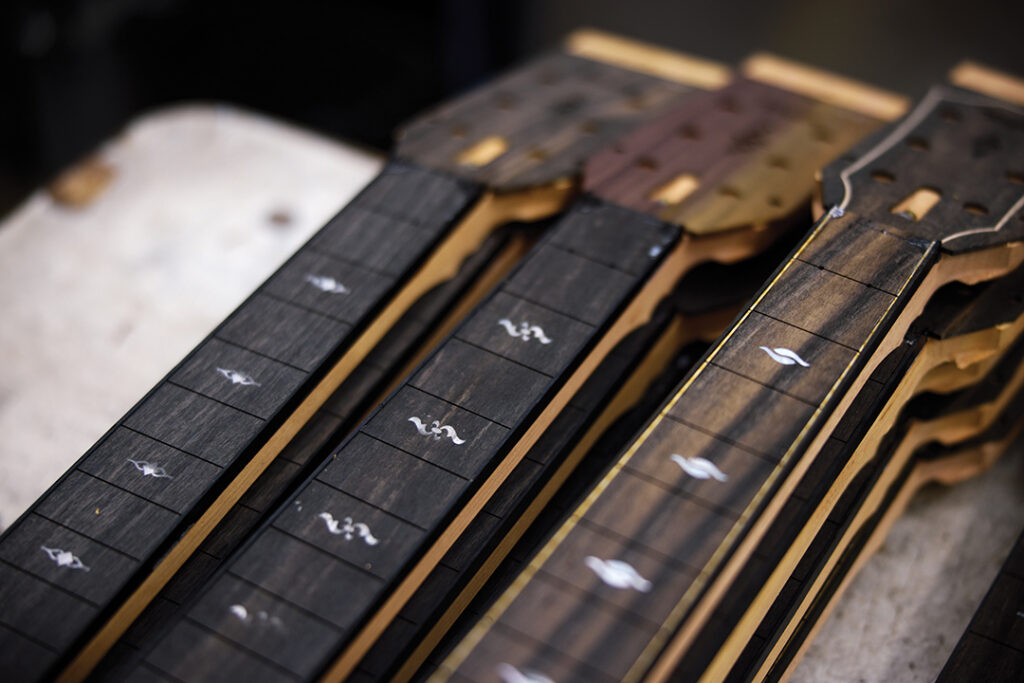
Kaiser, now 91, says he remembers Taylor as a “very focused, dedicated, and talented student. Bob was taking honors classes but told me he was bored. He researched all the tools needed to make a guitar, learned how to use them, and proved his ability. So, I made an exception for him.”
Senior year, Taylor made two guitars and a banjo. What’s there to learn in college after tripling production like that? For Taylor, apparently, not much.
The next chapter of Taylor’s life is well documented. He got a job at American Dream, a hippie-ethos music store in Lemon Grove. Soon thereafter, the owner bailed on the business. Taylor, then 19, his friend Kurt Listug, then 21, and a third partner took over the store.
Sales were uneven for nearly a decade. Business was rocky, so Listug took control of financial decisions. “We both had sore throats from gulping all the time,” Taylor says. “It was really hard. No money, no income, no nothing.”
Still, Taylor kept perfecting the sound and shapes of his guitars — more learning through hands-on experience.
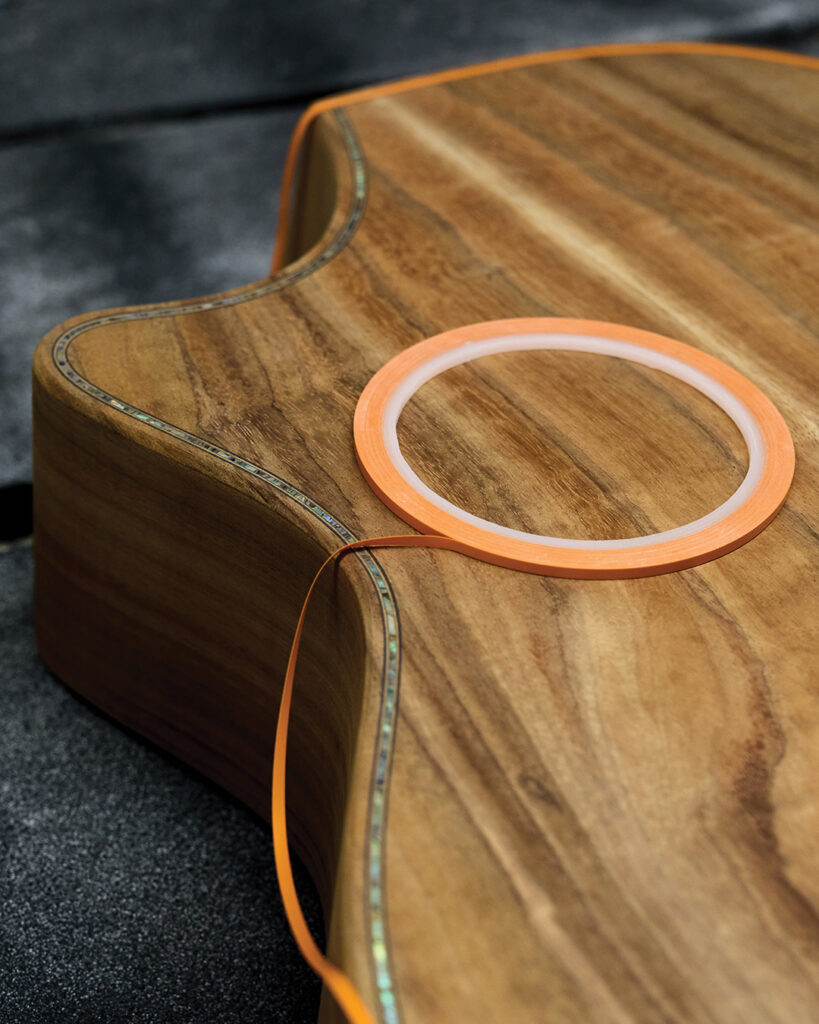
Fast-forward through decades of design innovation, recognition, and prestige. Today, Taylor Guitars has 1,300 employees in its factories in El Cajon and Tecate, Mexico, a distribution warehouse in the Netherlands, and an ebony farm center in Cameroon, Africa.
Taylor Guitars owns roughly 40 percent of the acoustic guitar market share. Annual sales are in the area of $150 million. These days they sell close to 175,000 guitars a year and have put more than two million axes in the hands of strummers worldwide.
The frenetic pop phenomenon known as Taylor Swift plays a Taylor guitar. So have myriad artists: Paul McCartney, Dolly Parton, Prince, Zack Brown, Jason Mraz, Jewel, Steve Poltz, Katy Perry, George Strait, Neil Young, Dave Matthews, Tommy Iommi, Daryl Hall & John Oates, Lisa Loeb, Rob Thomas, Keith Urban, Kenny Chesney, Bonnie Raitt, Justin Bieber, Shawn Mendes, Billie Eilish, and on and on.
Taylor sometimes gets invited backstage to high-profile concerts. He prefers to spend time in El Cajon. The factory is about 15 miles away from Taylor’s childhood home. He designed a DIY-er’s dream man cave in a building on the company’s sprawling property complete with a living room and kitchen (including a wooden table he built) out front, and a garage on steroids in the back populated by tools, various projects, a truck with the hood up, and an RV that Taylor’s tinkering with.
In October 2024, the company will celebrate its 50th anniversary, but the owners gave their team a gift well ahead of that milestone. In 2021, Taylor and Listug used an Employee Stock Ownership Plan (ESOP) to transfer complete ownership to their employees.
Taylor says he and Listug thought long and hard about what to do with the company they’ve nurtured and loved for half a century.
“Who would we sell it to?” Taylor asks. “A company that’s smaller? Dumber? Greedier? A corporate private equity that could wring some cash out of it and sell it again? No. How about the people who have worked their whole lives here? Who dedicated their whole lives to this? Yes.”
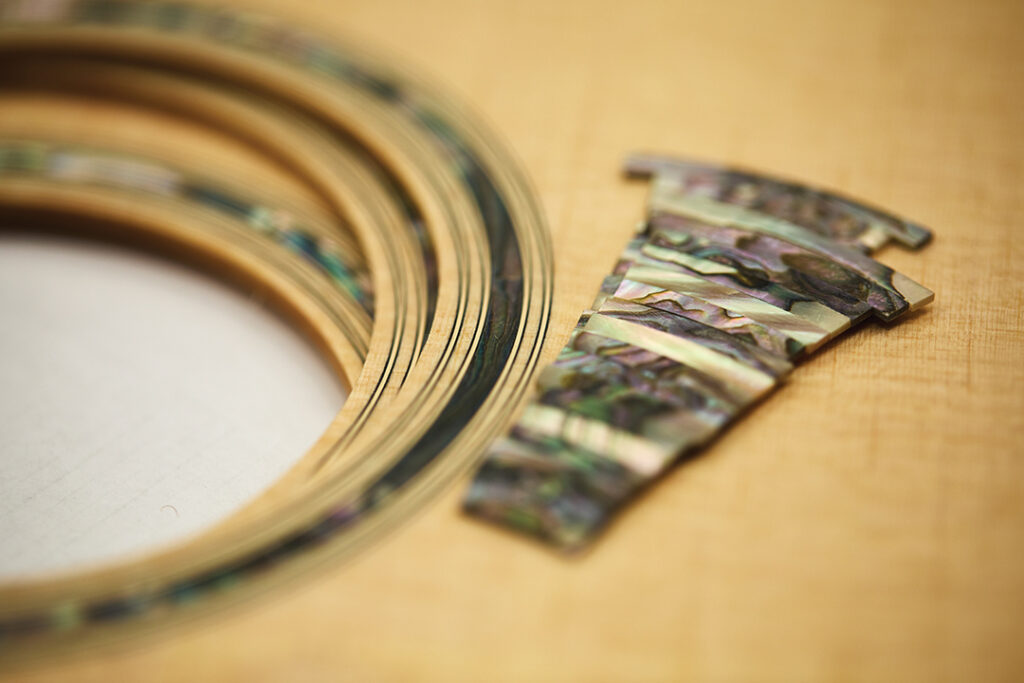
Andy Powers is now chief guitar designer, chairman, and CEO. Now 68 and 71, Taylor and Listug are members of the board and senior advisors.
Taylor seems more content than excited about hitting the 50-year benchmark next year.
“Nope, 50 isn’t going to feel much different than 49,” Taylor says. “We’ll probably celebrate with some 50th anniversary products. It would be stupid not to do that. On October 15, like every year, it’ll be Taylor Guitar Day. Back on our 40th anniversary they threw us a big party. But it’s really a holiday for us. We’d rather just take the day off.”
Following whatever fanfare is planned, Taylor expects the business equivalent of an extended encore. One that allows the show to go on for at least another 50 years.

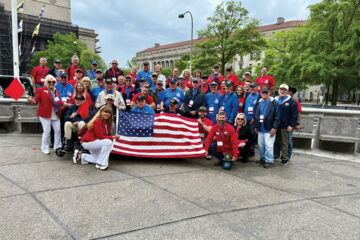

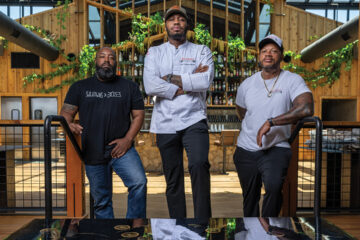
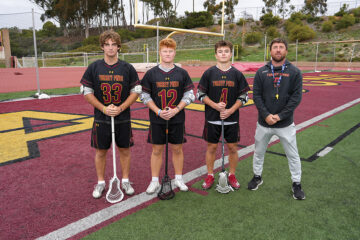
Comments